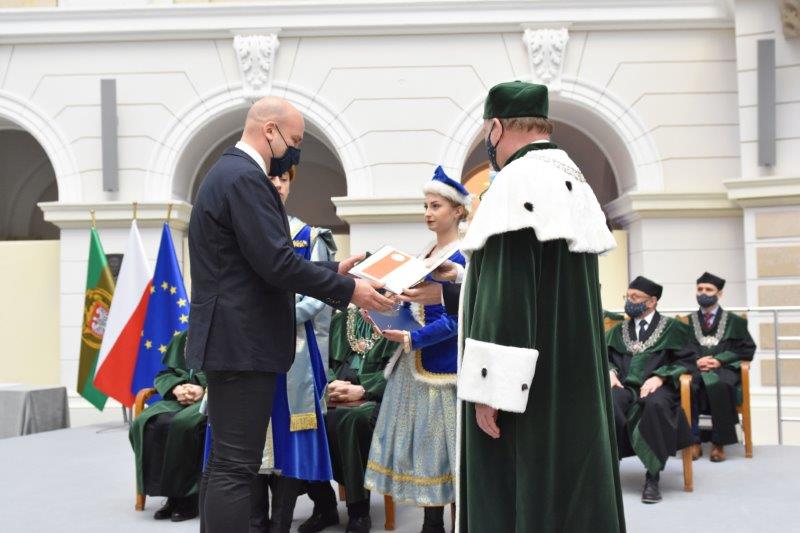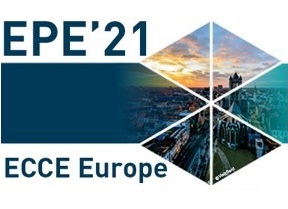Modular Multilevel Converter with Embedded Energy Storage for Power Oscillation Damping and Fast Frequency Response – A case study
This paper examines the benefits on the transmission system of including additional energy storage in an HVDC link for ancillary services.





